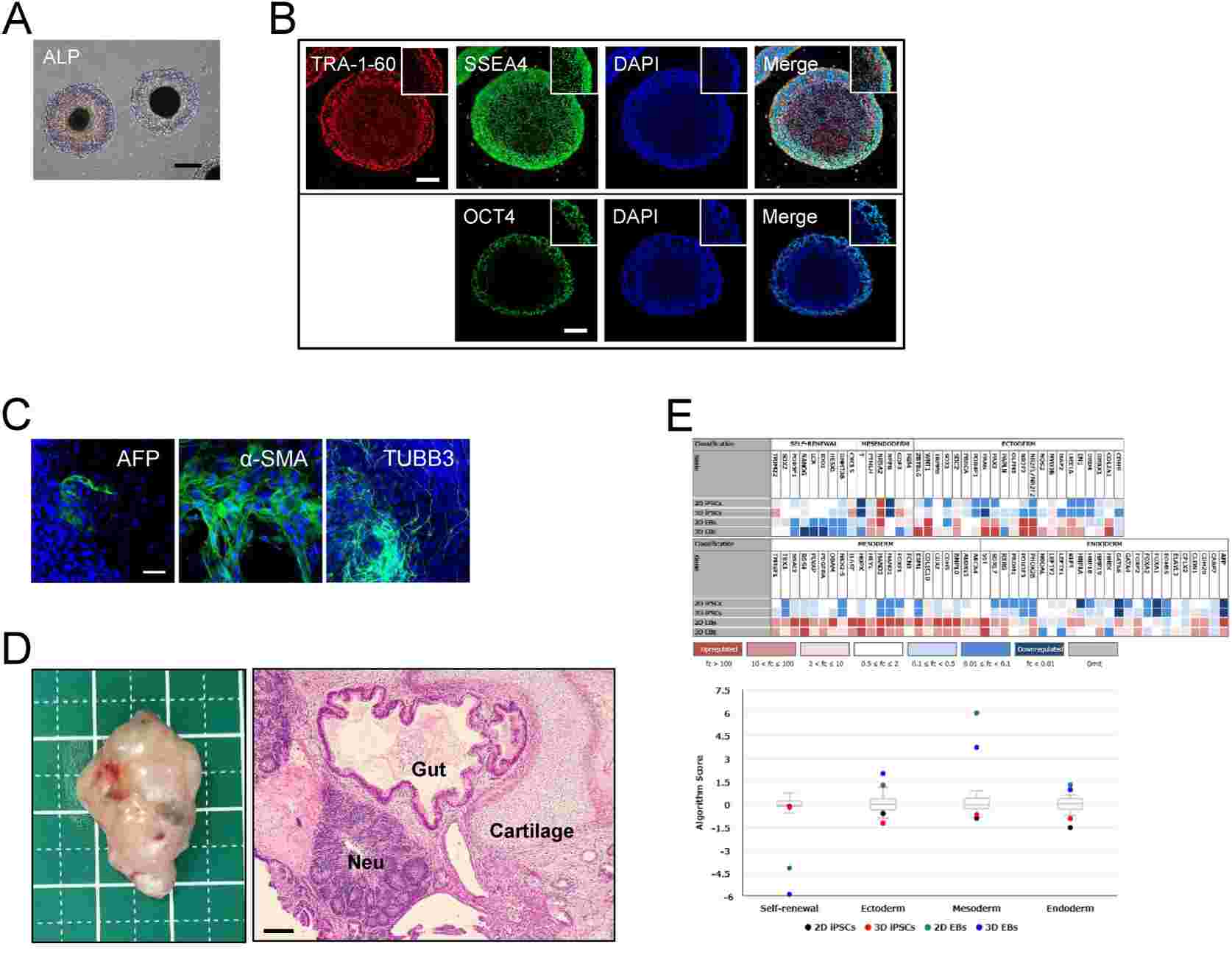In terms of the extensive experience in iPSC research, Creative Biolabs is the world-leading provider for iPSC generation and applications. Through years of effort, now we can provide a novel 3D culture system for the iPSCs expansion and differentiation.
With the capacities for indefinite expansion in vitro and differentiation into different cell types, induced pluripotent stem cells (iPSCs) show great potential for biomedical applications, which include high-throughput pharmacology, replacement therapies, toxicology screening, and tissue engineering. However, a technical problem that must be solved is the high demand for high-quality iPSCs. In general, iPSCs sense the key biological signals from the substrate to improve their survival and rapid proliferation. The conventional 2D culture system cannot achieve mass production of high-quality iPSCs because of the inherent heterogeneity, limited scalability and lack of repeatability. In order to break the bottleneck of iPSCs culture from 2D to 3D, a lot of efforts have been done, such as iPSCs in alginate microencapsulates, iPSCs on microcarriers, and iPSCs aggregates. But they are not able to solve the problem perfectly because of multiple restrictions.
In order to conquer these challenges, now Creative Biolabs has built a 3D culture system for the iPSCs expansion and iPSC differentiation based on hydrogel responsing to the temperature changing. This material is a polymeric liquid at low temperatures and becomes solid when heated. In this case, the iPSCs can be mixed with the liquid at low temperature and then suspended and grown in a solid gel at 37 degrees. Finally, iPSCs can be harvested and passaged by reliquifying the gel at low temperature. In summary, our 3D culture system enables a long-term and serial expansion of multiple human iPSCs lines via a mild process (simply temperature changes from 4 degrees to 37 degrees). With these wonderful advantages, our 3D culture system might be useful at numerous scales, from basic biological investigation to clinical trials.
Based on our extensive experience and well-recognized platform, Creative Biolabs is confident in offering the best services and high-quality products to meet the special needs of our customers all over the world. Apart from the 3D culture systems, we can also provide various other services regarding iPSCs generation and iPSCs applications. If you are interested in our services, please feel free to contact us for more details.
Our 3D culture of iPSCs is designed to mimic the natural cell environment more closely than 2D cultures, offering a more physiologically-relevant system for iPSC research. This in turn facilitates enhanced cell function and behavior, making it a powerful tool for various applications such as disease modeling, drug discovery, and regenerative medicine.
Our 3D culture system uses specially-designed scaffold materials that facilitate 3D cell growth, closely emulating in vivo tissue morphology and functionality. Our 3D culture system comprises the following key features:
All our cells are subject to stringent quality control processes. We validate cell identity, pluripotency, viability, sterility, and ensure the absence of mycoplasma or other contaminants. While our 3D culture of iPSC provides enhanced physiological relevance, it's essential to note that they are intended for research use only and should not be used for diagnostic or therapeutic procedures.
Below are the findings presented in the article related to 3D culture of iPSC.
Although 3D culture systems offer scalability for maintaining established iPSCs, the enzymatic dissociation step is complex and time-consuming. To address these issues, Masaya, et al. developed a technique that enables the generation, maintenance, and differentiation of iPSC under 3D culture conditions, thereby eliminating the need for 2D culture and enzymatic cell dissociation. By simplifying this process, this approach is designed to enhance the utility of iPSCs in downstream applications.
They further analyzed the generated iPSC to assess the pluripotency of the newly established 3D-iPSC under 3D conditions. The results showed that the newly established 3D-iPSCs were in a pluripotent state, similar to 2D-iPSC generated using conventional reprogramming methods. In addition, the Q-band karyotype analysis of the 3D-iPSC showed a stable karyotype. The cells were cryopreserved while retaining their spherical structure.
 Fig. 1 Characteristics of 3D-iPSCs.1
Fig. 1 Characteristics of 3D-iPSCs.1
Reference
For Research Use Only. Not For Clinical Use.